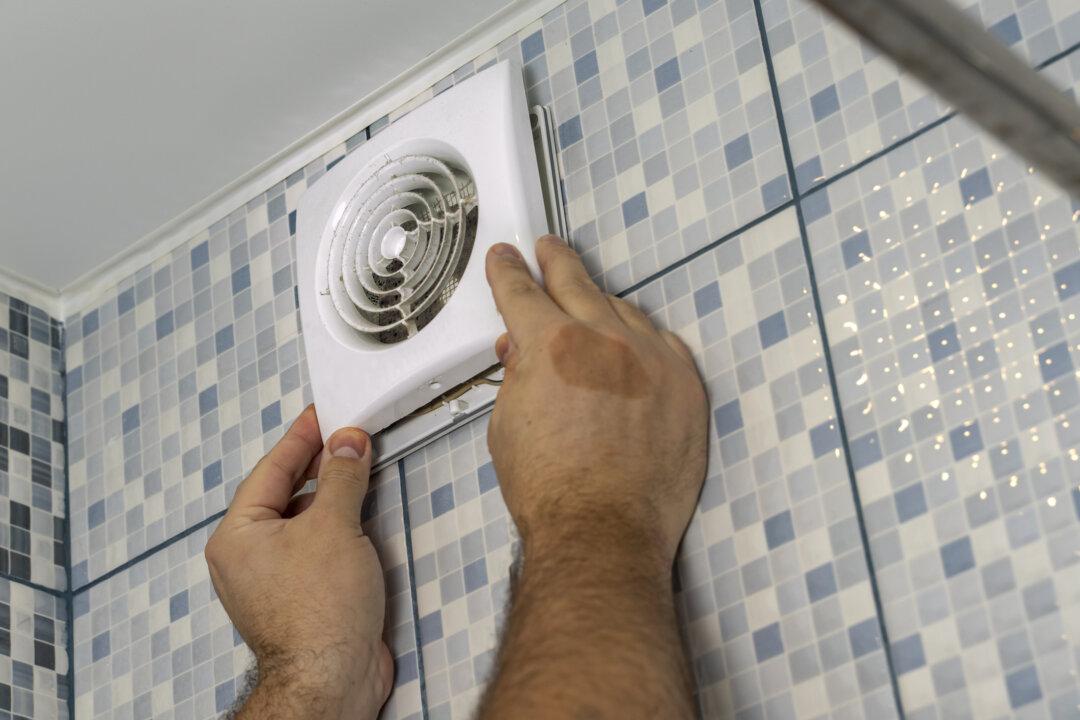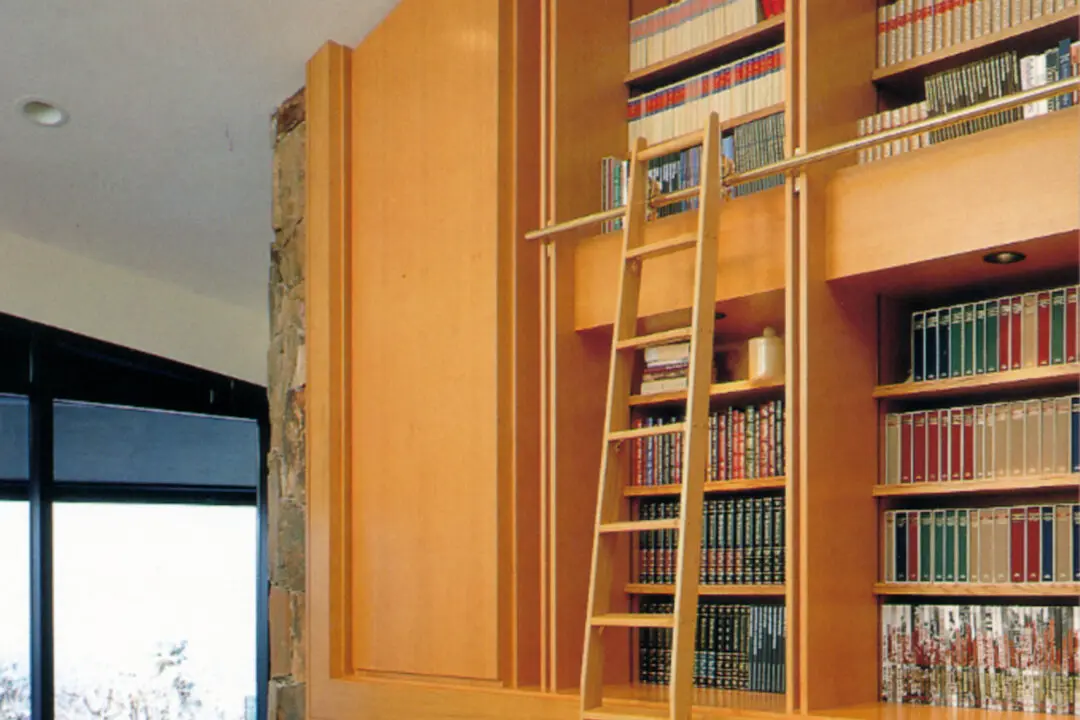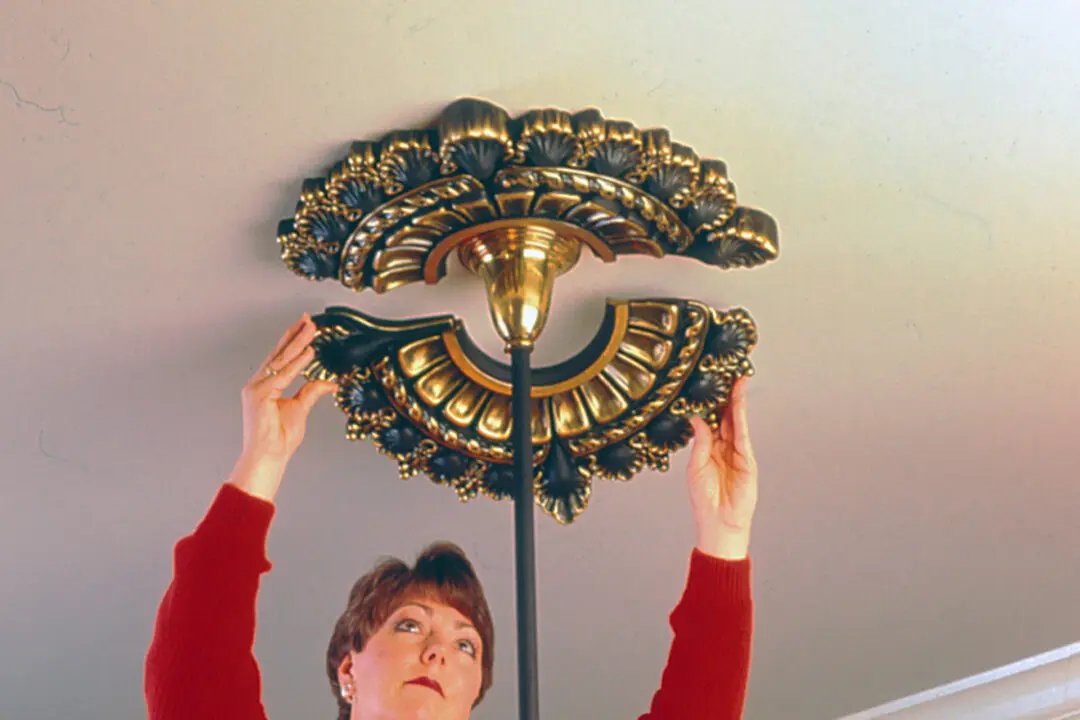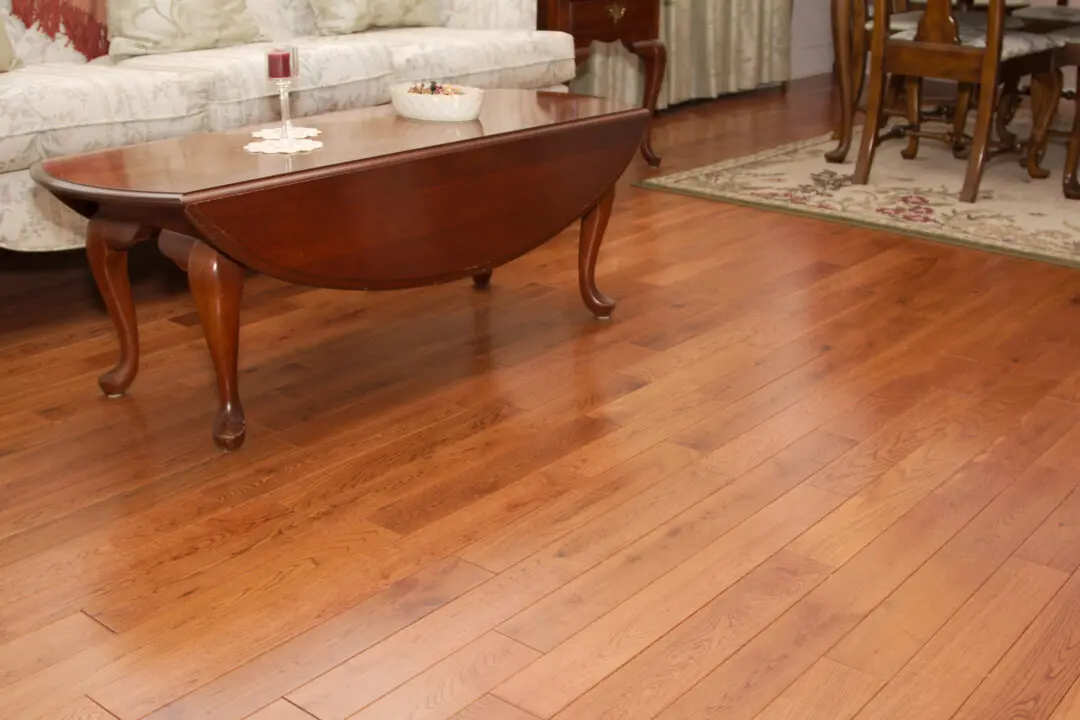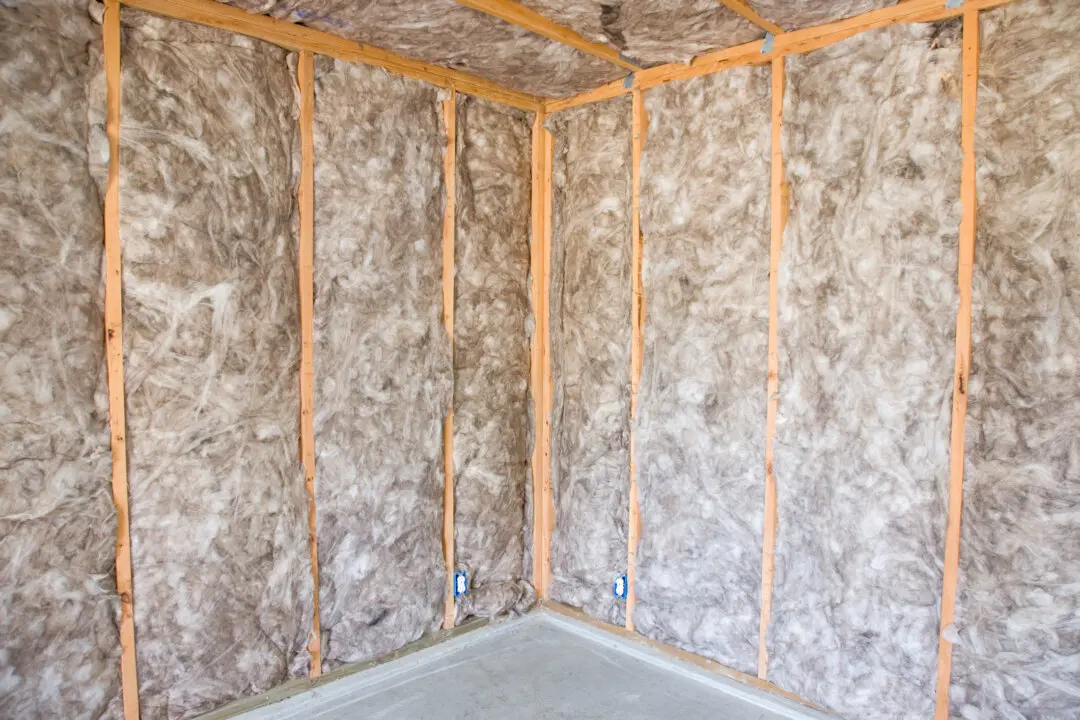The room in a home that’s the best target for mold and mildew to grow and thrive is a bathroom without good ventilation. You can prevent that by installing an exhaust fan that removes all the moisture through the wall and outside while preventing damage to nearby wood surfaces.
Since you’re cutting a hole in the siding, it’s a job that requires the talents of a carpenter and electrician; so unless you qualify for the job, hire out the work. The thought of cutting a hole in your house intimidates many of us (with good reason).
The cost on the siding of the house will vary since a brick house is more difficult to cut into than one with vinyl or wood siding. Another variable is if there’s an existing electrical line, which an electrician can tap into; if not, a new line needs to be added. Let’s say it’s wood siding with an existing electrical line in the bathroom. For that situation, an electrician will charge $407 to install a through-the-wall fan, which includes the labor and material.
A very handy homeowner can buy the fan for $110 and install it, saving 73%. That saving is well-earned because it’s a complicated job that involves crawling around in an attic to fish and run wires connecting the electrical circuit to the fan, then cutting holes for the fan in the siding and bathroom wall. You’ll spend time investigating the circuit to find which line to tap for power, pulling the wires and installing the switch and, finally, hooking up the fan box and assembly. Make sure to turn off the electricity before you begin.
You'll need a well-stocked toolbox that includes: an electronic stud finder, an inductive voltage tester, wire strippers, side-cutting electrical pliers, fish tape, screwdrivers, a hammer, a drywall saw, a utility knife, a saber or reciprocating saw and a tape measure.
To find more DIY project costs and to post comments and questions, visit www.diyornot.com.
Pro Cost — DIY Cost — Pro time — DIY Time — DIY Savings — Percent Saved
$407 — $110 — 1.0 — 5.0 — $297 — 73%

